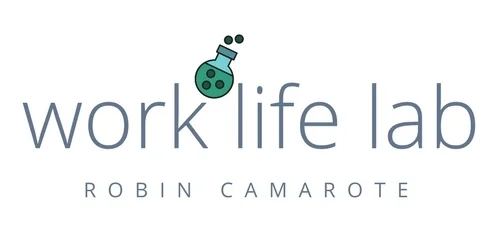Change Management
Synthesizing the events, reactions to date and key issues is an important step in the change management process that must be thoroughly managed and carefully planned to ensure that all of the time invested by participants is well spent. In my experience, allowing adequate time for staff to get comfortable with the proposed change is critical. Further, I find it is most effective to call attention to key points in a short summary of the materials and create numerous opportunities for engagement and conversation.
For example, in a recent facilitation project, information technology experts gathered from across the country to evaluate the technical compliance (ability to meet report deadlines, data backups, IT security, etc.) and areas for improvement of a specific office. What was most important to them (the technical experts) and, in turn, our change management facilitators, is that they had access to as much information as possible before the meeting. Further, they did not want to be overwhelmed with disjointed reports and charts. Instead, it was critical to assemble and organize the materials in a way that made review as easy as possible.
As a change management consultant, I help plan, facilitate, then follow-up with the findings and points of consensus or disagreement. Facilitating change management-related events and meetings in a similar fashion is critically important to having comparable, usable information and results at the end. With that goal of building a thorough, consistent approach, I meet with my clients in advance to discuss all of the relevant details. When managing technical changes, I view my role to establish and enforce the ground rules, confirm through various approaches that everyone has been heard, and confirm that the discussion is being accurately captured and summarized for incorporation into the final approach and report.
The result of engaging me in your change management challenge will be a low-hassle, low-risk approach that is well-run and allows for the best use of the time by everyone involved. I am consistently provided feedback by other clients that the upfront planning, frequent check-ins, and subtle guidance provided during the discussion led to their program experiencing less disruption and more productivity throughout the process.
Employee surveys
For many organizations going through significant change, leadership needs a better understand upfront of how employees are thinking and feeling about the organization, their careers, and the future for both. In these cases a survey can be tremendously helpful in getting a baseline from which leaders can plan change management activities that specific address the issues they have-- not the ones they think they have.
A simple series of effective survey design, distribution, and analysis actions are outlined below.
- Develop employee satisfaction survey questions, focused on perceptions of current change proposed (if any) and baseline feelings about the organization and the future
- Work with leadership to distribute the survey link (typically done through SurveyMonkey) with an explanation of the survey's purpose and intent
- Collect the responses, monitor response rate and send reminders, as needed
- Assemble and analyze results, meet with leadership to identify trends and issues to focus on during change management process (later steps)
Communications
Messages and mediums that break through the noise, clutter, and confusion of typical communications is what I do.
My focus is on communication that informs, involves, and engages staff and stakeholders. Together, we can create an integrated communications approach that is based on research and, perhaps more importantly, has been honed over time after observing what works for other clients facing similar challenges.
I make sure that I understand target audiences in order to position programs, take full advantage of all available quantitative data, craft compelling calls to action, and execute attention-getting content. Every recommendation includes a follow-up approach to measure and assess the return on the public investment.
Change Management and Communication Blog Posts
For more on communications, check out these short articles and blog posts.
- 5 Communication Tips for Building Loyalty: Employee loyalty is grounded in good communication that allows a connection between the staff and the leadership to grow
- To Master Social Media, Simplicity Wins: How to avoid feeling overwhelmed by bringing focus and purpose to your social media engagement
- Count Me In, Mapping Performance Metrics to Build Buy-in: How to use your performance metrics to communicate more than just project status, gain buy-in too

